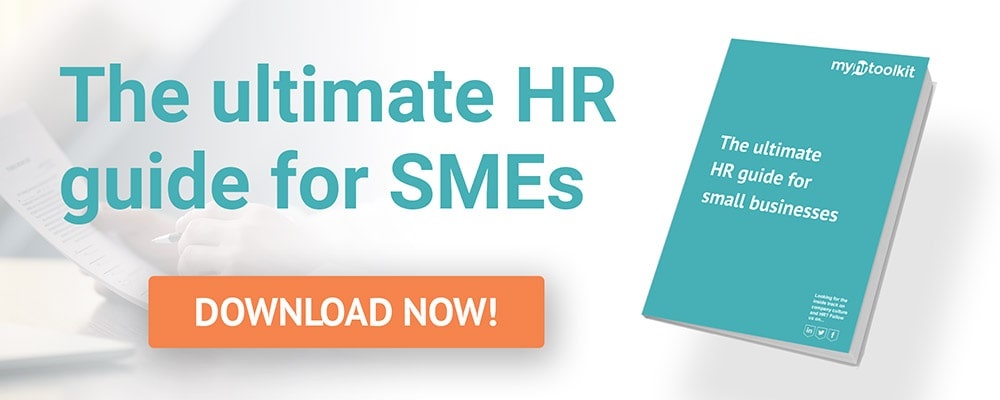Workplace stress is a growing issue for UK companies. A survey carried out by the Mental Health Foundation in 2018 revealed that younger workers experience more work-related stress than their older colleagues. 28% of the 18 to 38 age group said they had felt stressed due to their job. This stands in contrast to just 12% of those aged between 53 and 71.
The UK-wide ‘stress-survey’ of 4,500 British workers was conducted for Mental Health Awareness Week (14-20 May). A combination of low wages, high workloads and reduced job security compared to older colleagues are all likely to contribute to the wellbeing of millennial employees. When you add out-of-work factors such as high rent, a competitive housing market and the pressures of social media to the mix, the need for companies to look after the wellbeing of their workforce becomes more important.
How to manage workplace stress
From offering flexible working hours to being transparent when it comes to wages and company performance, here are 5 ways HR can help employees manage workplace stress:
1. Discourage overtime; encourage flexible working instead
Unless absolutely necessary, management shouldn’t enforce strict office start and finish times. Consider your employee’s lives outside of the office. Understand that, from childcare to illness, from sensitive personal issues to public transport problems, team members will benefit from flexible working without additional worries about punctuality.
Mutually agreed flexible working patterns remove unnecessary workplace stress. An open and confidential dialogue between management and employees will also help build trust and understanding.
2. Empower staff to mould their own career paths
Job satisfaction improves mental wellbeing, so you should develop an effective pathway for employees to follow to develop their careers. Most of us spend the majority of our lives at work; that’s why it’s crucial that you provide your employees with a sense of purpose to reduce workplace stress. Management should set attainable goals that are in line with personal targets and where their team members see themselves in months or years down the line.
3. Listen and provide regular feedback on progress
Don’t wait for quarterly reviews to provide one-to-one feedback. Instead, make sure managers speak to employees on a regular basis. They should offer positive feedback and regular appraisals. This will help boost employee morale and ensure strong workplace relationships are formed.
Learn more: Are employers obliged to give an appraisal?
4. Implement a culture of transparency
Managers should be transparent when they can be. They shouldn’t leave employees in the lurch about potentially stressful situations. This could lead to some personality types worrying, whether that’s about under-performance or if a client or customer is unhappy. Managers should therefore address these situations sensitively and quickly, before any anxieties develop.
Similarly, when it comes to offering attractive and fair salaries, provide employees with a clear and transparent pay structure, as well as a pathway for promotion. For instance, Gender Pay Gap Reporting has been a positive step towards transparency across the UK jobs market.
Visible wage grades are also a great way to make sure everyone knows where they stand financially and compared to colleagues, especially when 77% of us are stressed about money.
5. Provide a pleasant working environment
A pleasant and comfortable working environment helps people feel content in their job, with a clear effect on personal motivation. Rather than the working day being heavily work-focused, the workspace should have areas that encourage times for relaxation — whether that’s breakout rooms, communal spaces or personal booths where employees can take a few minutes for personal time.
The office should be light and airy, with a nice temperature and minimal outside noise. The most important thing is that employees are able to do their jobs without distraction. After all, a happy employee is a productive employee. This is both positive on a personal level and for the business as a whole.
Learn more: How to design a collaborative workspace
Human resources must drive workplace cultural changes
HR must drive cultural changes within businesses, so that managers understand and adopt best practice for the wellbeing of employees across the whole organisation.
Read more from the myhrtoolkit blog
How to reduce employee stress at work for better productivity

Written by Fiona Sanderson
Fiona is Marketing Manager at myhrtoolkit. Her areas of expertise include HR systems, productivity, employment law updates, and creating HR infographics.


 Holiday Planner
Holiday Planner Absence Management
Absence Management Performance Management
Performance Management Staff Management
Staff Management Document Management
Document Management Reporting
Reporting Health and Safety Management
Health and Safety Management Task Management
Task Management Security Centre
Security Centre Self Service
Self Service Mobile
Mobile




